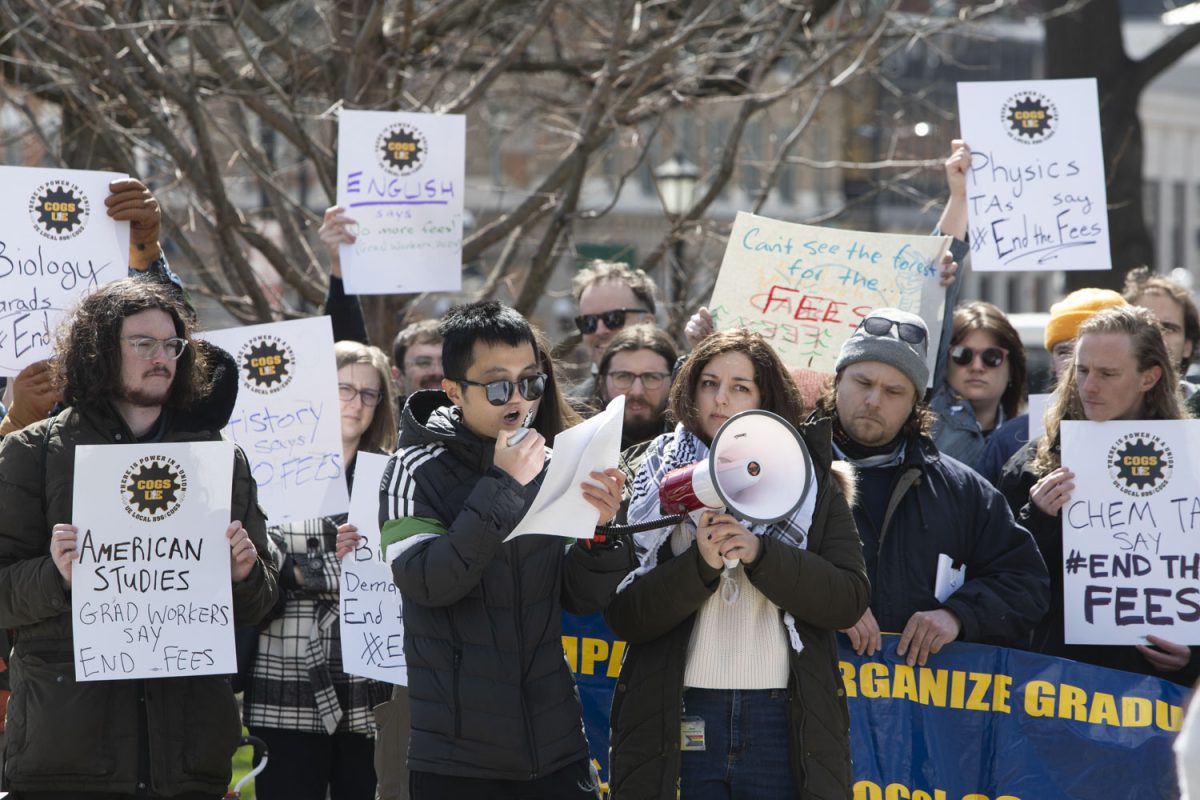Sydney Newton
[email protected]
Disappointingly, seeing victims of police brutality is something our country is getting used to. There is hardly a day that goes by in which we do not see the repercussions of a death that was at the hands of the police. We see communities outraged followed by protests and then lawsuits and indictments. The lawsuits that follow are just another battle that the victims’ families have to go through.
Just recently, the family of Zachary Hammond, the teen who was shot last year by a South Carolina cop, has settled a lawsuit for $2.15 million. If this seems like a large amount, Eric Garner’s family agreed to a $5.9 million settlement.
According to data from the Wall Street Journal, the 10 cities with the largest police departments paid out $248.7 million last year in settlements and court judgments in police-misconduct cases, up 48 percent from $168.3 million in 2010.
In December 2015, relatives of the deceased Derrick Ambrose Jr. of Waterloo took the city to court and received a $2.5 million settlement with the city’s insurance carrier. This shows that it’s not only the big cities that end with large settlements.
There are potentially a lot of different reasons that the settlement amounts continue to rise. The protests and movements that happen because of these wrongful deaths and actions make the actions of the police much more visible.
Something that has changed this dynamic is video evidence. The videos of these incidents not only can make a huge difference in the verdict but also the efficiency of the case itself. When the public is able to see what actually happened, the injustice is shown in a better light.
RELATED: Feminism in the 21st century
The money for these settlements comes from taxpayers and the city’s insurance funds. It is interesting to see the difference in the cases and how that affects the lawsuits and/or settlements. Our country’s attitude toward the police is changing, and it’s having a major effect on these civil suits.
According to the Baltimore Brew, the most expensive case was the city’s payment of $6.4 million to the family of Freddie Gray in September 2015. This amount was more than all of the misconduct settlements the city had paid during the four years from 2011 and 2014. These cases that I’ve mentioned are all ones that have been consistently in the news.
And it’s not only wrongful death cases that settle for millions. A few weeks ago, Honolulu city councilors agreed to pay $4.7 million to settle a lawsuit that says the Honolulu police engaged in racial and sexual discrimination in 2010.
An investigation done by the Chicago Tribune in January found that 124 of the city’s police force of roughly 12,000 were identified in nearly one-third of the misconduct lawsuits settled since 2009, suggesting that officers who engaged in questionable behavior did it over and over. And the conduct of those 124 officers cost the city $34 million, the investigation found.
The call for justice is at an all-time high. But can you truly put a price tag on these lawsuits? What qualifies as too little money and what tops too much? I think it’s less about the money. Instead, it teaches police officers and the cities that employ them a lesson learned the hard way.






